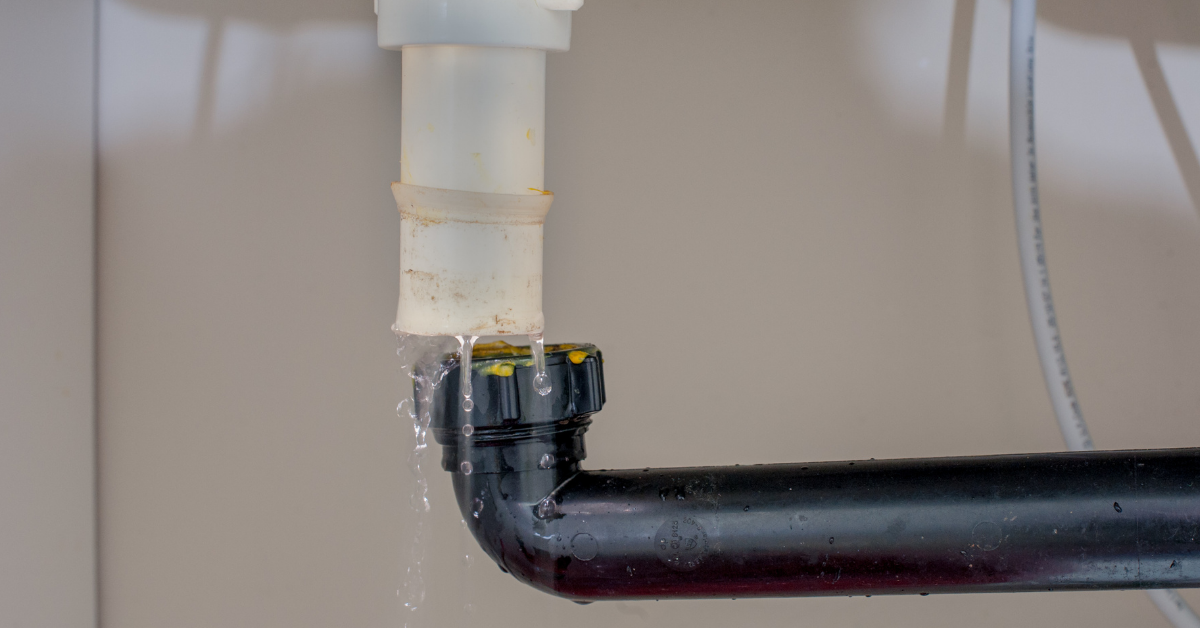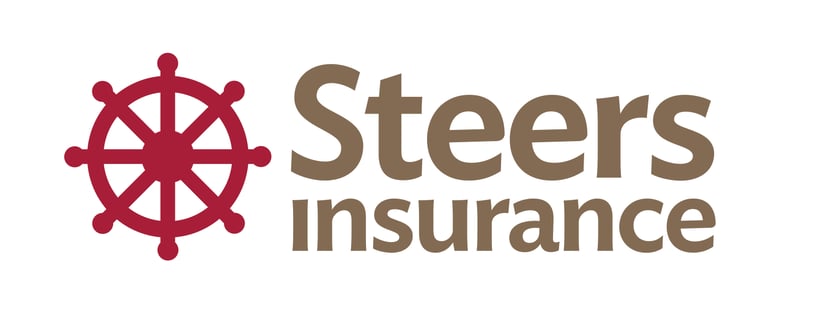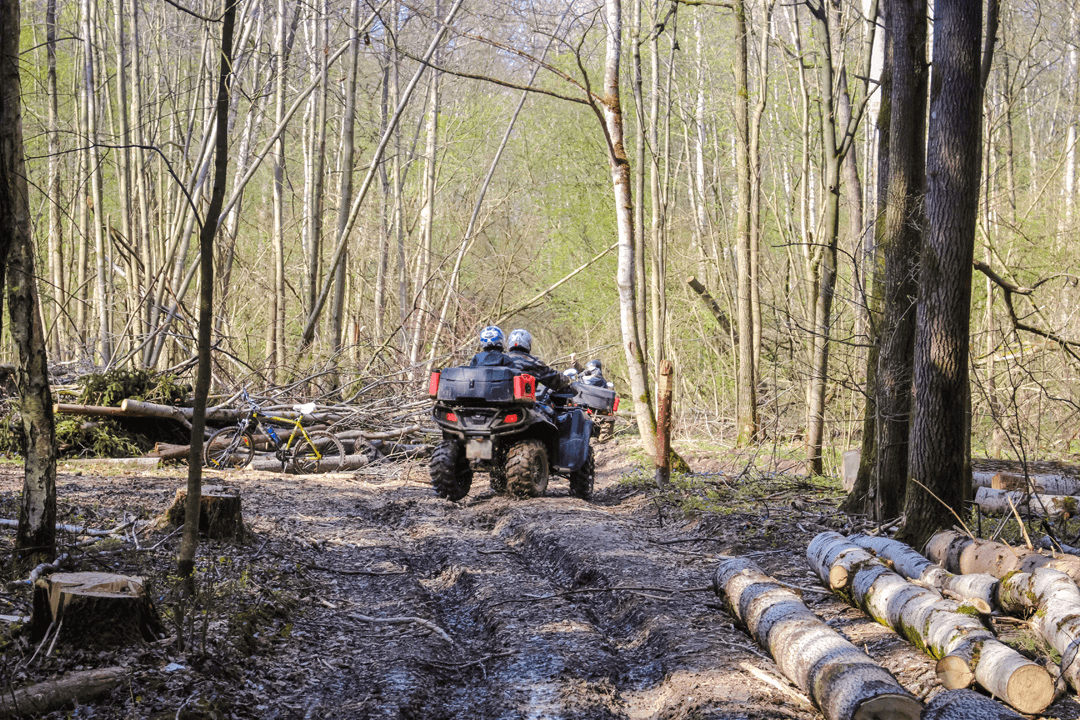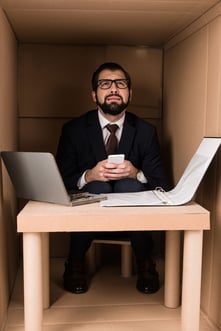 Water damage is one of the leading causes of home insurance claims across Canada. Whether it’s caused by a sewer backup, a sump pump failure, the spring thaw, or burst pipes, damage caused by water can be costly and inconvenient to repair. Luckily, there are plenty of things you can do to protect your home against water damage.
Water damage is one of the leading causes of home insurance claims across Canada. Whether it’s caused by a sewer backup, a sump pump failure, the spring thaw, or burst pipes, damage caused by water can be costly and inconvenient to repair. Luckily, there are plenty of things you can do to protect your home against water damage.
In particular, in the winter months, it's important to take steps to prevent your home’s interior and exterior pipes from freezing and bursting.
How to turn off your home’s water supply and drain indoor pipes
Whether you’re closing up your cottage for the winter or planning on taking an extended winter vacation, draining the pipes in your cottage or home can help prevent them from freezing (and possibly bursting) while you’re away. Draining your pipes is especially important if you’re planning on turning your furnace down to save electricity while you’re away or if the power goes out on a chilly day.
The following detailed tips on how to drain your tips is from our friends at, economical.
- Find the shut-off point and turn off the water supply. The shut-off valve for your home’s water main is likely located in the basement, near your water meter or wherever the local water supply enters your home. Generally speaking, it will be on the wall that faces the street. If this shut-off valve is tap- or knob-style, turn it clockwise (to the right), to turn it off. If your shut-off valve is lever-style, turn the lever clockwise or in whichever direction the “off” arrow is pointing.
- Turn on the taps. Once you’ve turned off your home’s water supply, turn on the faucet in the lowest part of your basement first, then make your way upstairs and turn on the rest of the faucets, starting with taps on the top floor. Leave the faucets open.
- Remember to flush. Flush all of the toilets in your home, starting with toilets on the top floor and working your way down to the basement. Remove the tank cover from each toilet and hold the flush lever down until all of the water drains out of the tank.
- Anti-freeze it. Once all of the water has drained out of your faucets and toilets, pour some plumbing anti-freeze (available at your local hardware store) into all sink and bathtub drains, and into each of your toilet bowls. This should prevent any remaining drops of water from freezing.
- Empty your appliances. Depending on how long you’ll be away, you may also want to consider draining any appliances in your home that use water, including your washing machine, dishwasher, and water heater. Turn off the water supply to each of these appliances and follow the manufacturers’ recommendations for draining them.
If you have never drained your pipes or find it overwhelming to do so, consider hiring a qualified professional plumber. And remember, whether you are leaving for a season or for a week, it's important to have someone available to check on your property while you are away. Not only could this help reduce damage, but could also affect the rate of your insurance policy.
Do you have questions about whether or not your home insurance covers water damage and what that coverage is? If so, contact us - we're always happy to help.


 ;
;
 ;
;
 ;
;
 ;
;
 ;
;
 ;
;
 ;
;


